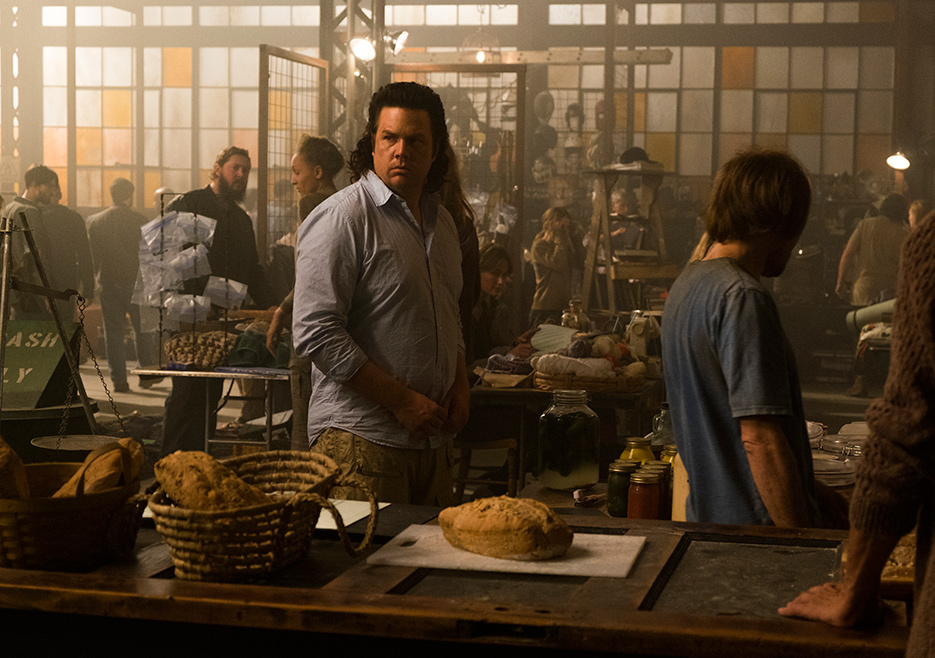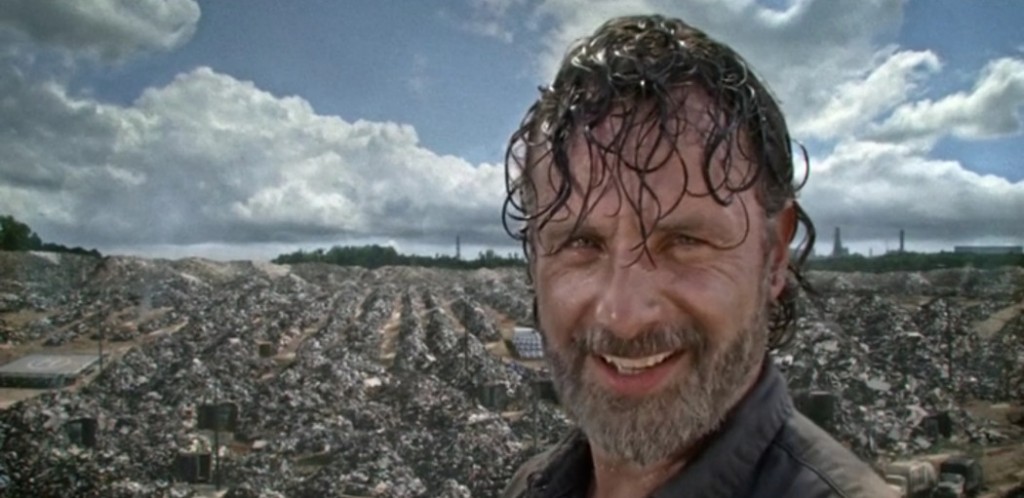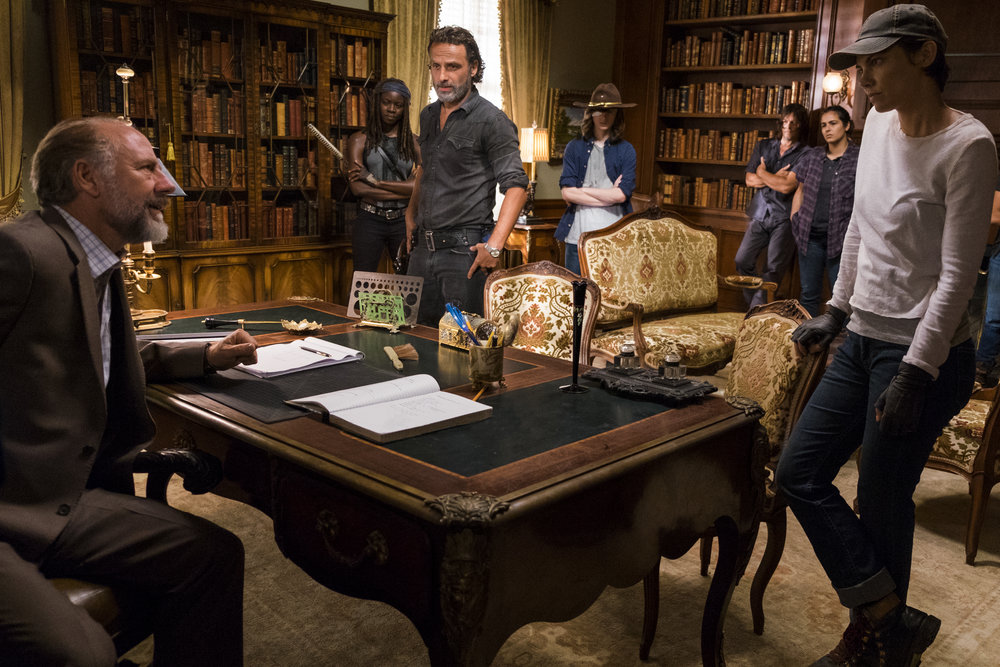
I remember Tony Romo’s first real outing as the Dallas Cowboys’ quarterback. It was October 23, 2006, in a game against the New York Giants, with Drew Bledsoe as the starter and Bill Parcells calling the shots. I was living in New York City, so I watched it surrounded by Giants fans in a friend’s dorm room. I was needled and ribbed with each of Dallas’s missteps, and there were more than a few.
It seems funny now, but there was a sentiment among the fandom that Bledsoe was a choke artist, someone whose late game screw-ups would inevitably doom the team. After a particularly rough interception from the veteran quarterback, one where Bledsoe himself seemed mystified and lonely in the aftermath, Parcells made the call. Out came Tony Romo in the second half — the unheralded, undrafted free agent sent in to save the day. Except he didn’t. Romo made a solid showing, but his own miscues and lack of polish quickly surfaced. Despite the switch, the Cowboys couldn’t pull out the victory.
Still, it marked a change, albeit one not quite so evident to Cowboys fans at the time. We didn’t realize that Romo would go on to quarterback the team for the next decade. Nevertheless, unbeknownst to most, it was the end of something and the beginning of another. The Cowboys had gone through signal callers like toilet paper in the bleak interregnum after Troy Aikman’s retirement, a period which saw a seemingly endless parade of also-rans and raw newcomers faltering in quick succession. But now there was hope, hope that maybe this new QB, who’d shown flashes of talent and good instincts, could be the guy to turn it all around.









